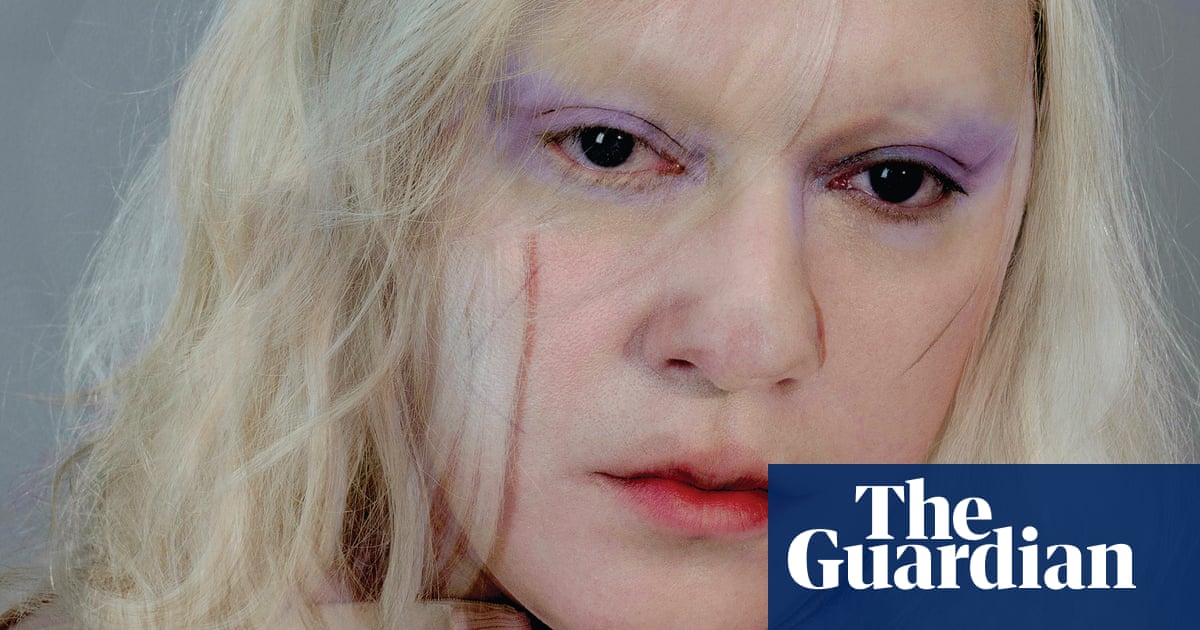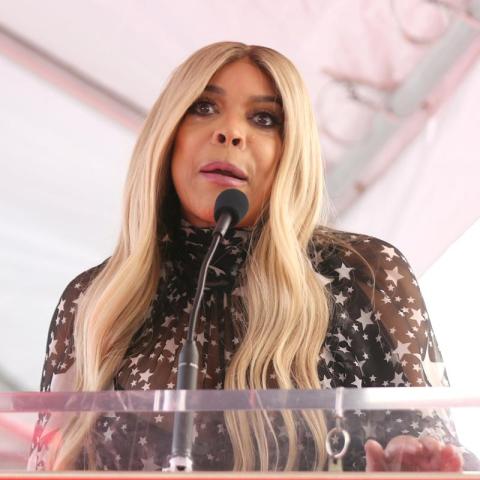Anohni Hegarty is preparing for her first visit to the Great Barrier Reef, and it’s a mix of excitement and anxiety for her. "I feel as if I’m about to visit a historical site of suffering," she shares. While the natural beauty of the reef is undeniable, she’s aware of the serious task ahead—documenting its deteriorating state.
The Great Barrier Reef, known for its incredible biodiversity, supports roughly one-third of all marine species and sustains around one billion people. It also plays a critical role in our planet’s health, acting as a carbon sink and providing a significant portion of the oxygen we breathe. Despite its importance, the reef is in trouble. It has faced six coral bleaching events over the past nine years, largely due to rising ocean temperatures caused by climate change. If coral reefs continue to vanish, other ecosystems may follow, pushing us toward mass extinction.
Anohni reflects on how society commemorates sudden tragedies—like memorials for natural disasters—but what do we do when the destruction is gradual? "Where are the ceremonies for acknowledging this loss?" she asks. The decline of the Great Barrier Reef is akin to a string of tragedies, and she believes we need to recognize the magnitude of this ongoing loss. "Seeing the reef decline is like witnessing many disasters."
To raise awareness, she will perform two shows at the Sydney Opera House titled "Mourning the Great Barrier Reef." Through her performances, she aims to combine music with visuals of the reef from Lizard Island. Anohni feels privileged to take part, albeit with a sense of fear and responsibility. She describes the colors of coral bleaching as a beautiful yet tragic representation of the reef’s stress.
The coral, when stressed by heat, can appear vibrantly fluorescent—almost as if they’re expressing their last moments. Anohni draws parallels between this phenomenon and the human experience of beauty amidst suffering. "It’s as if they’re saying goodbye," she notes.
Her music often intertwines themes of environmental crisis with social issues. In her songs, she highlights how interconnected everything is. Naomi Klein mentions Anohni as an artist who bravely confronts the despair that grips our world.
Anohni shares her connection to Australia, describing how a visit to the Martu people deeply affected her perspective on life and land. Their view of death as a return to the earth resonated with her and led her to advocate for environmental causes, including the defense of Indigenous lands from uranium mining.
As she navigates her own carbon footprint, Anohni emphasizes the moral implications of traveling for concerts. She has committed to donating proceeds from her performances to environmental causes.
For her Vivid project, she will engage with experts like Dr. Anya Salih and Prof. Charlie Veron, who have been observing and mourning the reef’s decline. Their emotional honesty stands in stark contrast to the often detached tone in scientific discourse. Anohni aims to provide a platform where feelings about the reef’s condition can be expressed openly.
Her goal for the Vivid shows is to connect audiences with the reef’s reality. "To grieve is not to give up; it’s to recognize where we stand," she explains. Through this experience, she hopes to inspire hope and action for the future.
The Great Barrier Reef faces an uncertain future, but through art and activism, Anohni is helping to keep its story alive, urging us all to pay attention and find a way forward.
For more information on the state of coral reefs, you can visit Resource Watch.




















